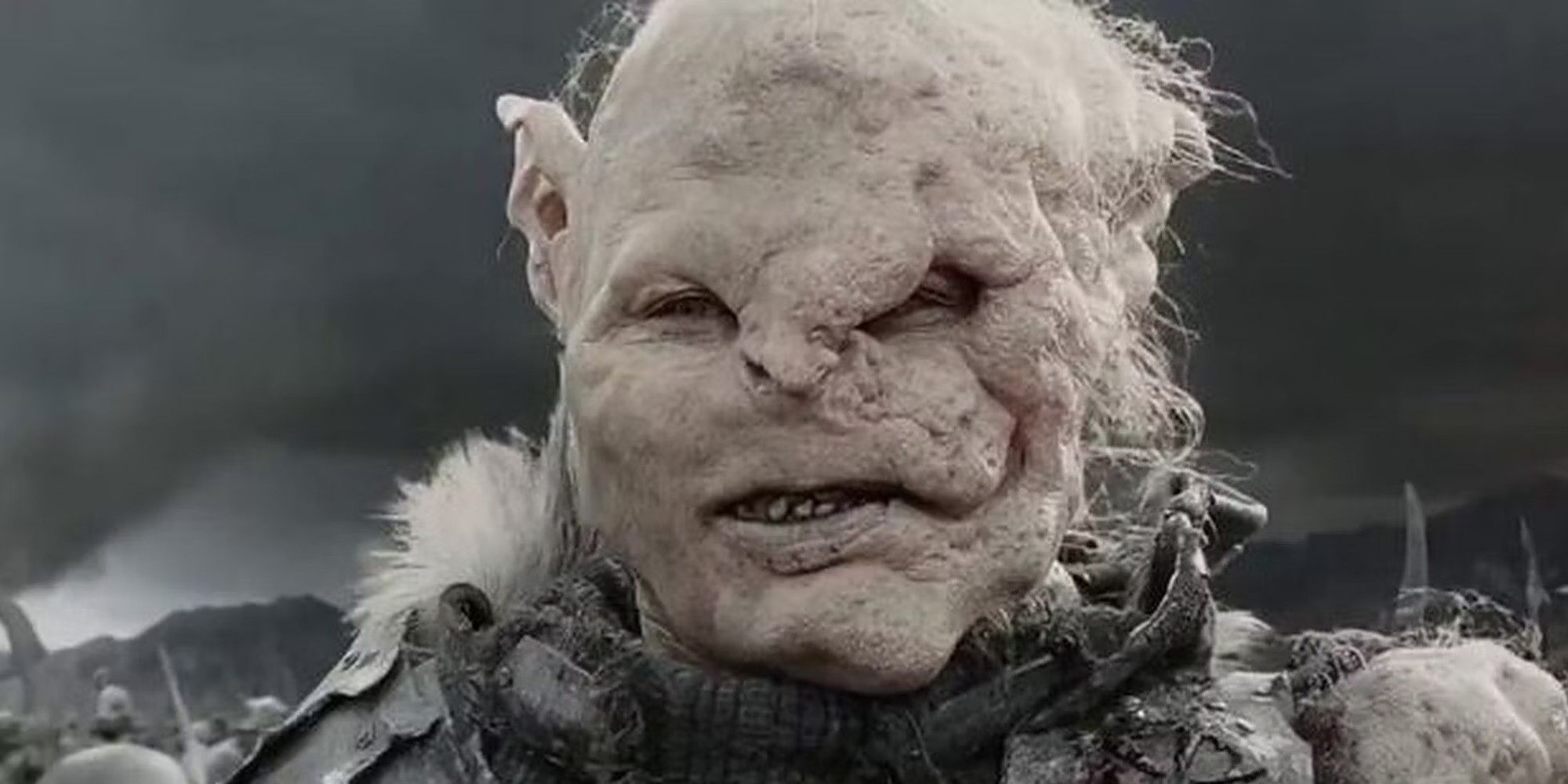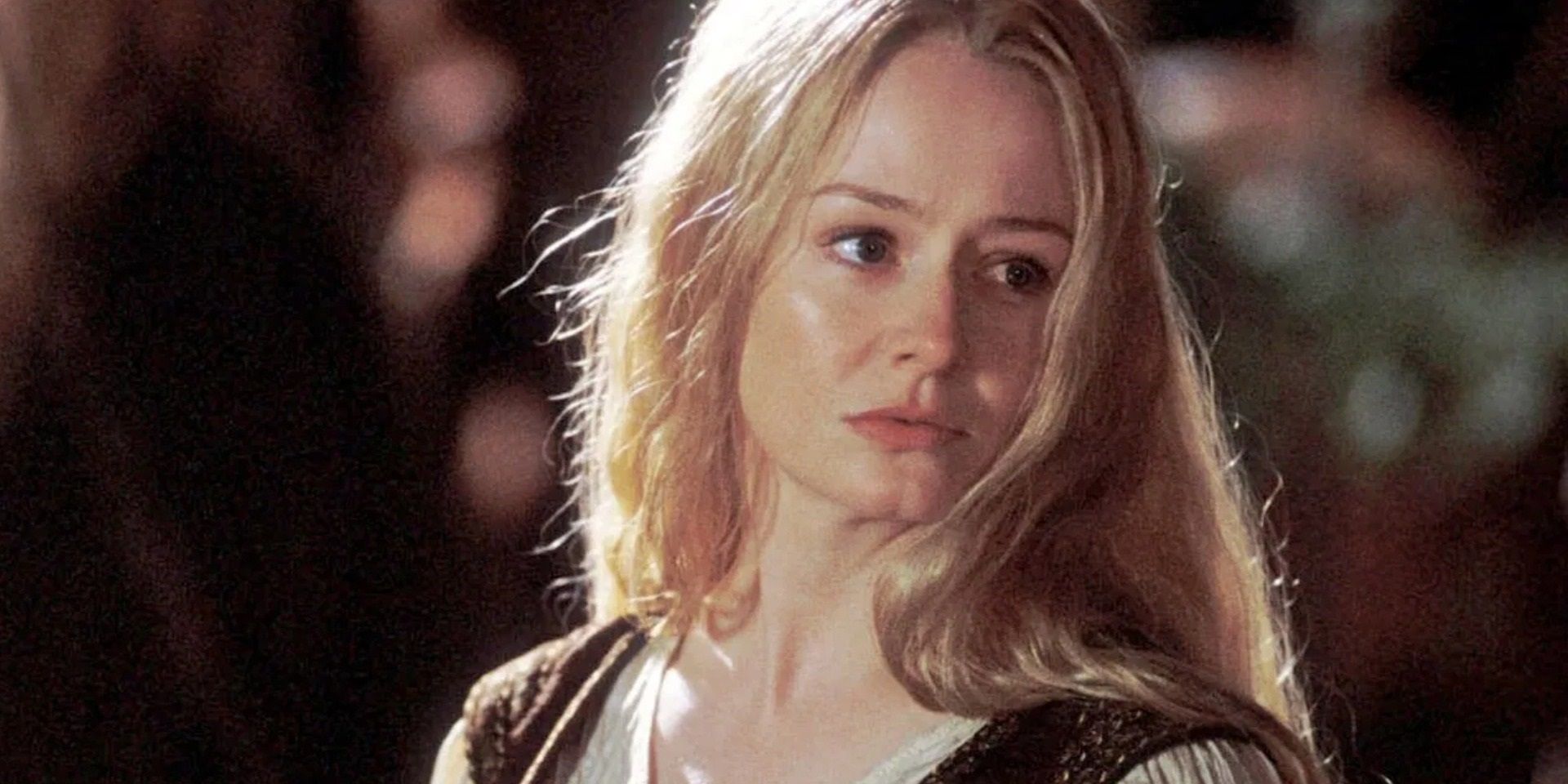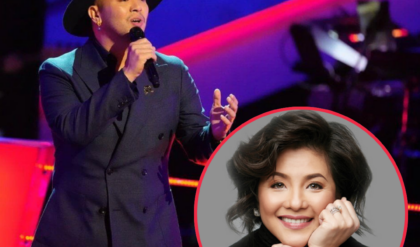
In the Lord of the Rings movies, Gothmog was seen to be an Orc with a misshapen face and left arm, though the reasoning for this was never overtly stated. He was second-in-command only to the Witch-King, and commanded the armies that took Osgiliath and marched on Gondor. Of course, the theatrical cut of the Return of the King movie saw Gondor win the Battle of Pelennor Fields, as the Witch-King was slain by Éowyn and the remaining enemies were overtaken by Aragorn and the Dead Men of Dunharrow. However, this version of the film left Gothmog’s ending unclear.
Gothmog Was Killed By Aragorn & Gimli In Return Of The King

Gothmog is presumed dead after the Battle of Pelennor Fields in the theatrical cut of Return of the King, but in the extended edition, it’s revealed that the Orc leader was killed by Aragorn and Gimli shortly after the Witch-king of Angmar fell. Leading up to this moment, Gothmog was battling with Éowyn, whose identity was still concealed beneath her helmet. The two fought fiercely, and at one point, the Orc seemed to have the upper hand. However, after Éowyn surprised Gothmog with a slap, she was able to slice him across the back of the leg.
Gothmog’s leg wound incapacitated him while Éowyn fought the Witch-king, but after his commander fell, the Orc became enraged and attempted to catch the injured woman. Thankfully, just as Gothmog lifted his weapon to land a deadly blow on Éowyn’s skull, Aragorn arrived and cut his arm clean off. From here, Gimli landed a lethal blow to Gothmog’s stomach before Aragorn stabbed him through the back.
Gothmog’s Deleted Death Scene Improves Lord Of The Rings In 1 Big Way










Gothmog was a pretty nasty villain in The Lord of the Rings, and the fact that it took multiple main characters to take him down drives this fact home. The deleted scene gave Aragorn, Gimli, and Éowyn each an additional chance to shine before their respective endings, which greatly benefited the film. In the case of Aragorn, Gothmog’s death meant one more significant victory before he reclaimed his crown—something he felt needed to be earned through his actions. Still, this was a far greater feat for the other two characters.
Gimli played an equal hand as Aragorn in Gothmog’s defeat, making the Orc the only significant enemy he took down in The Lord of the Rings.
Gimli played an equal hand as Aragorn in Gothmog’s defeat, making the Orc the only significant enemy he took down in The Lord of the Rings. This allows the Dwarf to be presented as the powerhouse he truly is, and without this scene, Gimli is left in the role of comedic relief. Then, for Éowyn, the battle with Gothmog proved that she didn’t just get lucky with the Witch-king. She was a powerful and profoundly intuitive fighter, which is why she could so critically injure Gothmog.
Gothmog’s Role In ROTK’s Theatrical Cut Is Actually Closer To The Books

As beneficial as Gothmog’s death scene was for The Lord of the Rings: The Return of the King, such a thing never happened in the book. The character himself wasn’t described in Tolkien’s works. Instead, only his name was mentioned, with no indication of whether he was even an Orc. All that is known about the book version of Gothmog is that, after the Witch-king’s death, he called on the reserve armies from Osgiliath. Like Jackon’s theatrical cut of Return of the King, it’s never stated whether he died in the battle or was executed after the fact.
Tolkien never mentions Gothmog’s race in Return of the King , so it is often assumed that he was a Nazgûl or a Man (perhaps a Black Númenórean like the Mouth of Sauron).
This may be why Jackson chose to delete this scene from the final cut of The Lord of the Rings: The Return of the King. Between Gothmog’s fight with Éowyn and his later death at the hands of Gimli and Aragorn, his final scenes take up a significant amount of time for something that never happened in Tolkien canon. Still, they were entirely worth adding to the extended edition, both for the benefit of resolving the Orc’s story more definitively and for giving the characters of The Lord of the Rings another triumphant victory.




